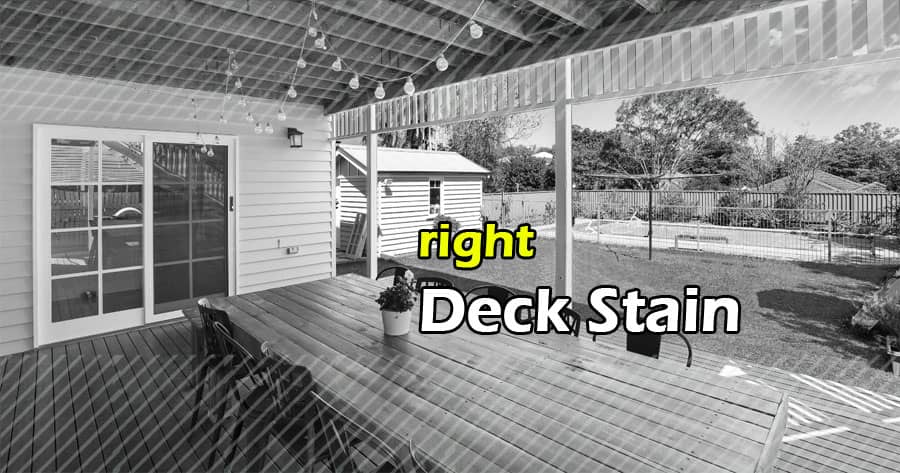Making your home look elegant with the right Deck Stain

Some deck stain products contain toxic biocides and insecticides that could leach into your yard and garden, poisoning the life around it. A number of deck stain products reduce emissions while reducing their harmful effects on the environment.
Define Deck Stain
Deck stains should be distinguished from deck sealants. Stain and sealants are primarily used to protect wood against rain, sun, and other environmental factors. In contrast to deck sealants, deck stain products have added pigments so they can block harmful UV rays that dry out the wood, causing it to crack, split, or turn gray. Deck sealants come in clear or transparent products that display the wood's natural grain and color.
Purpose of Deck Stain
Water cannot be absorbed by wood when it is treated with deck stains and sealants. In addition to improving durability, this prevents wood rot from occurring on your deck. Essentially, deck stain is any product that changes the color and appearance of wood while offering protection from the elements. It is made up of color pigments that alter the natural color and appearance of wood.
The pigmentation of deck stains tends to be richer than that of furniture stains or other interior wood stains. These products are often formulated to prevent UV damage, water damage, and weather damage. Due to constant exposure to the sun's UV rays, sun-exposed wood is prone to fading.
Proper Timing for Deck to Stain
You can help your deck resist moisture absorption in addition to staining it regularly. For homeowners in areas with cold winters, this is particularly important, as moisture can freeze and damage your boards as they cycle through freezing and thawing cycles.
The process of staining your deck doesn't take that long, and it can be done by a homeowner every 2 to 3 years as a DIY project. Depending on the size of your deck, it will take a certain amount of time. It is common for decks to be wider than they are deep. Between 300 and 400 square feet is the average size of the longer portion, which is built alongside the house.
Proper Amount of Deck Stain
Depending on the size of your deck and the condition of your wood, you will need a different amount of deck stain. The stain will need to be applied thicker on old decks that have dried out and damaged wood, requiring more stain. For every 150 square feet of deck space, homeowners should expect to use one gallon of deck stain. Typically, two gallons of deck stain are needed for a 300 square foot deck.
Merits of Deck Stain
You can extend the lifespan of your wood deck by staining it every two to three years. In addition to helping you maintain your outdoor living areas, it will make them look fresh and vibrant. Investing in a deck that lasts longer will pay off in the long run. The carbon footprint of our forests will also be reduced by reducing the demand for lumber.
Demerits of Deck Stain
In addition, most deck stain products contain harmful gas. It is true that natural ventilation outside can reduce the concentration of gas in the air, but the process of applying wood stains can be hazardous to your health during the application and drying process. In addition to hydrocarbons, most deck stain products also contain glycol ethers, and corrosives such as sodium hydroxide, which can be poisonous when swallowed. Preservatives in deck stain may also contaminate your garden plants, preventing them from absorbing water, nutrients, and sunlight.
